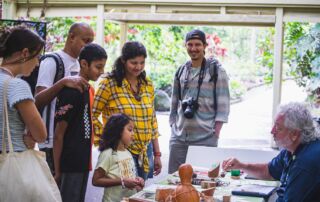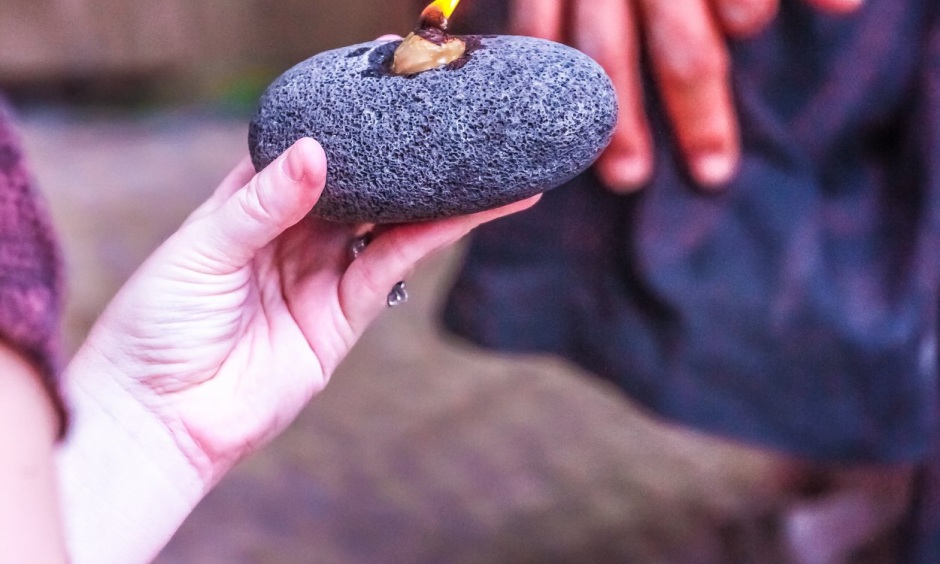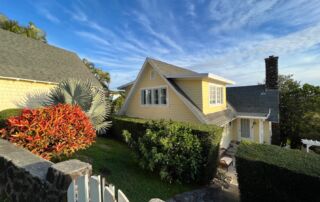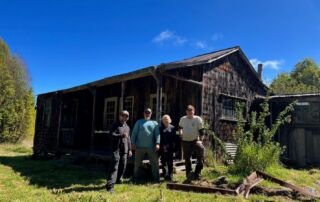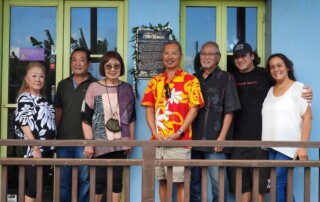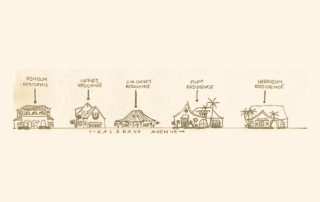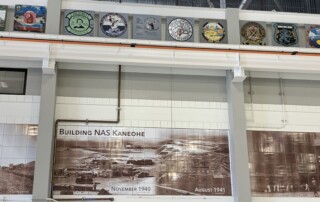Kaʻapuni o Waimea and the Kipahele Tour Series at Waimea Valley
Editor's note: In March of 2023, Historic Hawai‘i Foundation shared a blog post by Waimea Valley staff introducing their new program, Kaʻapuni o Waimea, just after its debut. The program offers visitors cultural learning opportunities at three of the valley’s cultural sites. The objective of the program design, to allow the visitor to ground their experience in cultural values and engage directly with the valley’s mission: to preserve and perpetuate the human, cultural and natural resources of Waimea for generations through education and stewardship. HHF circled back for an update a year later (see article below). Read the original post describing the program and theme of the Kaʻapuni o Waimea, the Hawaiian cultural value of hoʻokipa, HERE. Celebrating one year of program growth at Waimea Valley By guest contributor Waimea Valley staff Photos courtesy Waimea Valley Waimea Valley leadership is proud to share that the Cultural Programs team has established the Kaʻapuni o Waimea initiative as a foundational component of daily programming in the Valley. Beginning with a daily average of 14 pin recipients (visitors completing the program) in the early months after its launch in March of 2023, the daily average of pin recipients is now holding strong at 130. In fact, from January through March of 2024, the pace of the program participation has grown dramatically in popularity, counting over 9,800 visitors earning their pins in the three months – already surpassing the annual total of 9,500 pin recipients in 2023! The takeaway for the Cultural Programs team is that visitors to Waimea Valley are eager to actively and respectfully engage in cultural discourse, if given the opportunity. The frontline staff of Waimea Valley receives special training to be experts in a personal [...]


